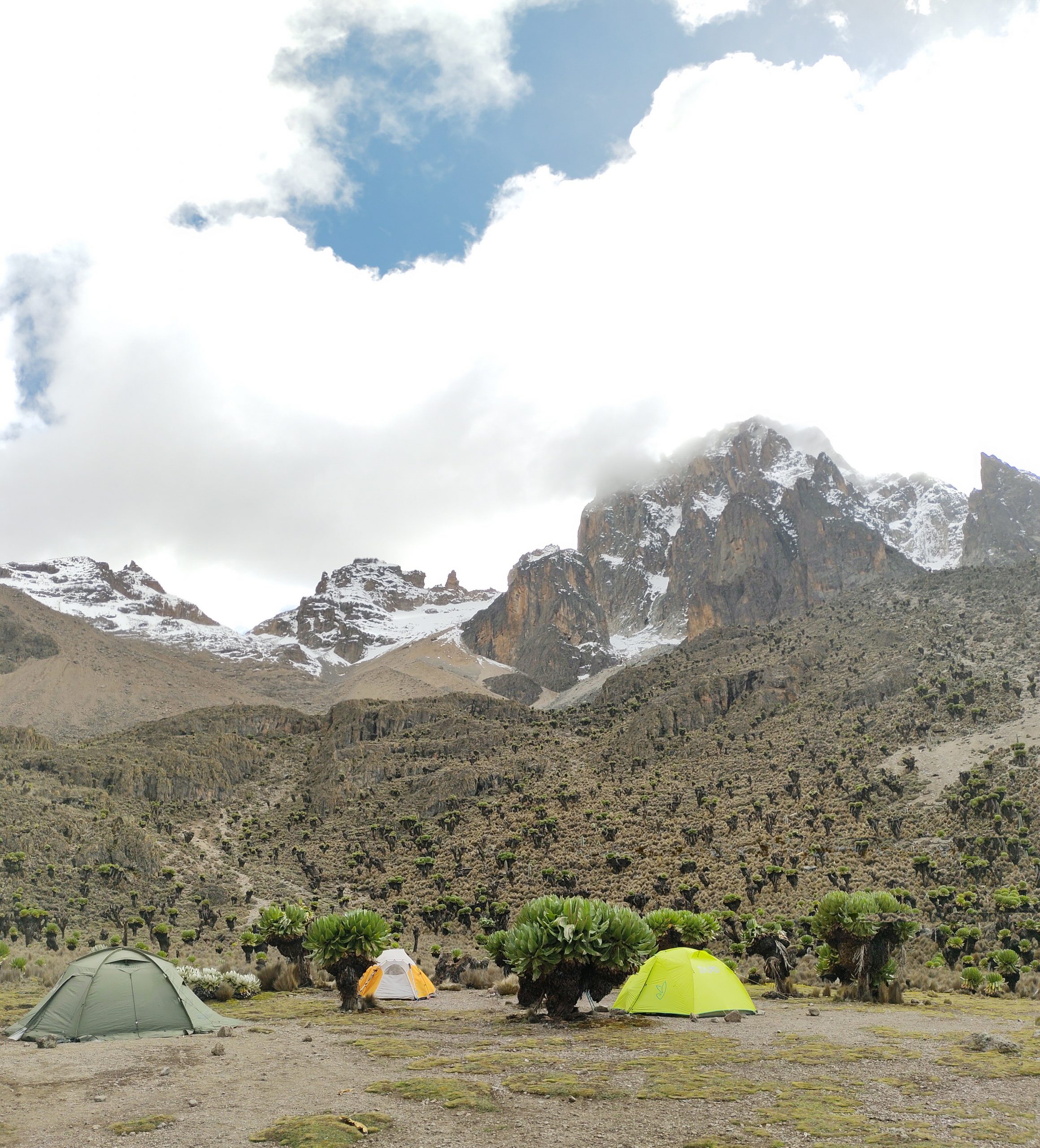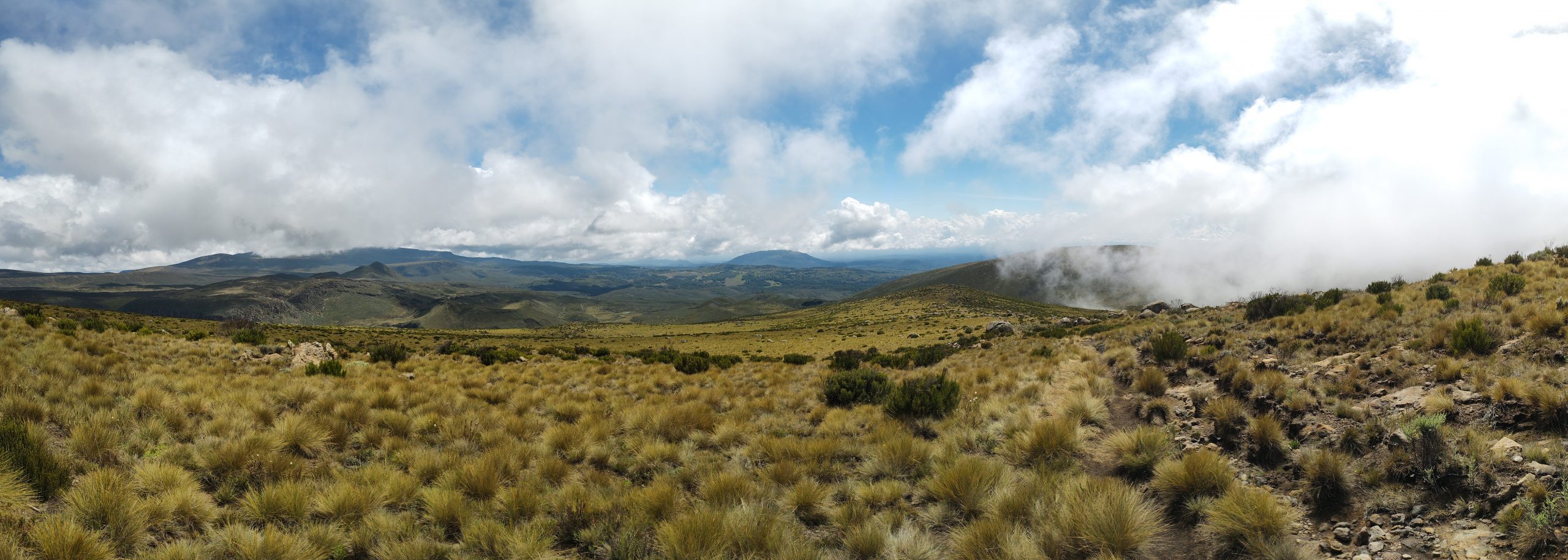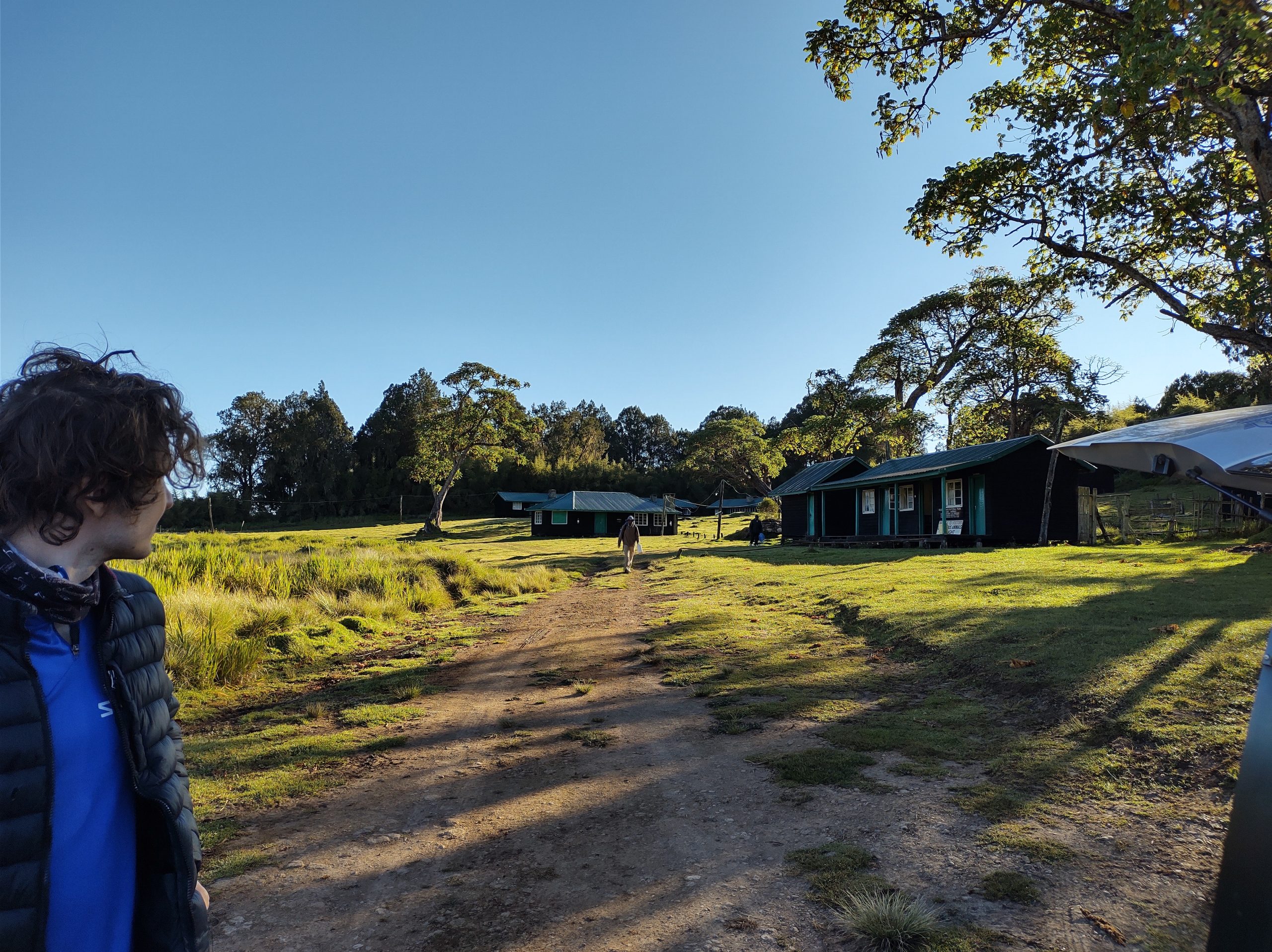Our day started great with mercifully delayed and delicious breakfast that powered us up for hitting the cloud forest of Ngangao. At the station, we took the Great Group picture with all the students and staff and got the instructions for the coming day and its tasks. We were divided into groups of three or four, with the task of marking some GPS points through our oncoming hike. Unlike during earlier years when different groups marked different points, we all did the same tasks.
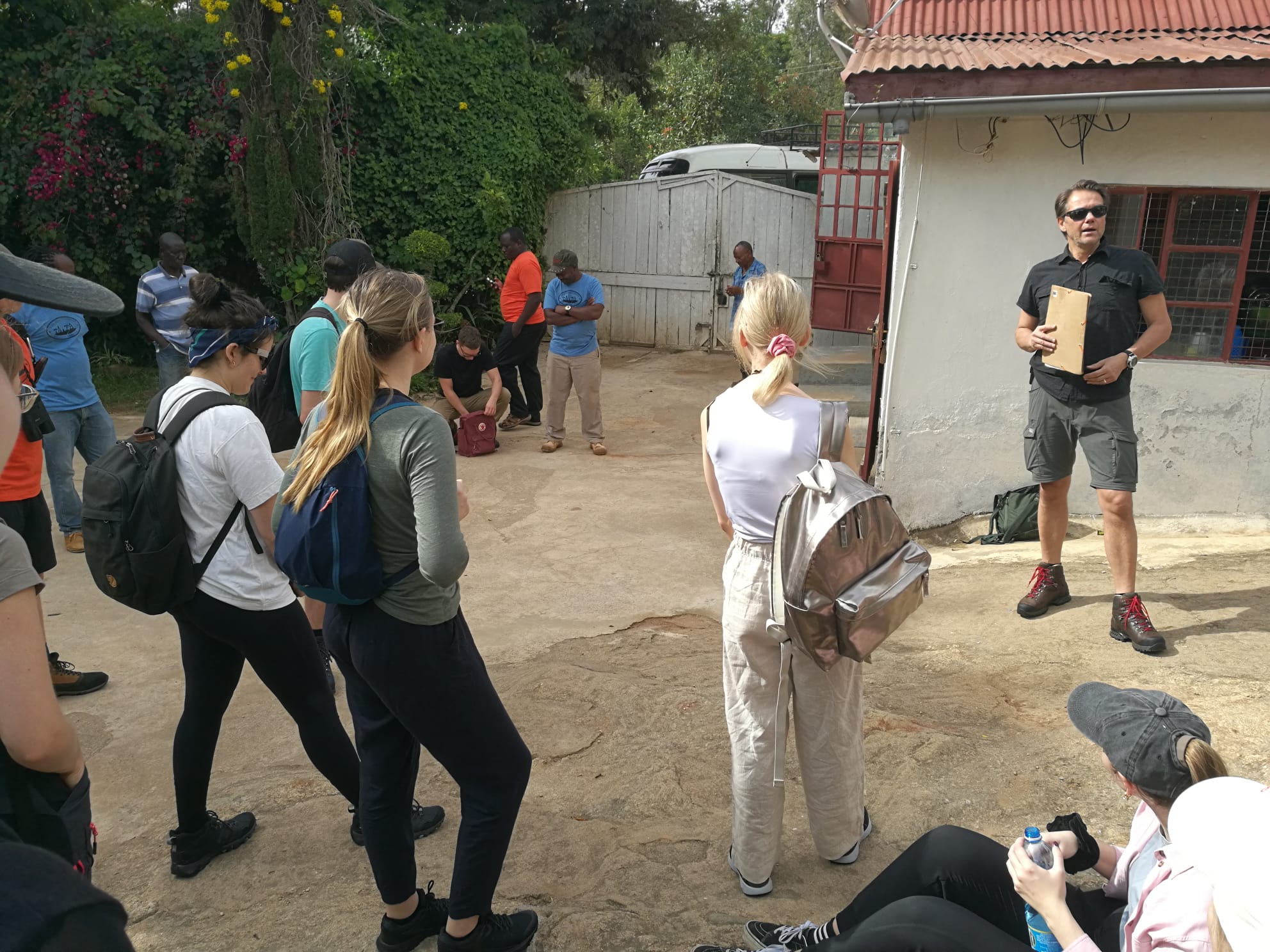
Busride with our freshly fixed bus went as smooth as a butter on a bumby pan and we found ourselves at the start of a walk measured short one by distance and a longish one by the hours. The battle between the indigenous and exotic trees on the area was plain on sight on our way to to the area on the area. Much of the original forests were almost completely gone by human influence, and replaced by crops, housing and more valuable (in the $ sense) tree species.

Ngangao cloud forest is one of two largest remaining patches of the Taita hills indigenous forests, the other one being Mbololo. It’s trees capture much water, being essential for both the forest, its habitants, and the area’s people. Shadowy forest was also great for the sweaty persons and personalities such as myself, as the high temperatures felt much more bearable underneath the trees.
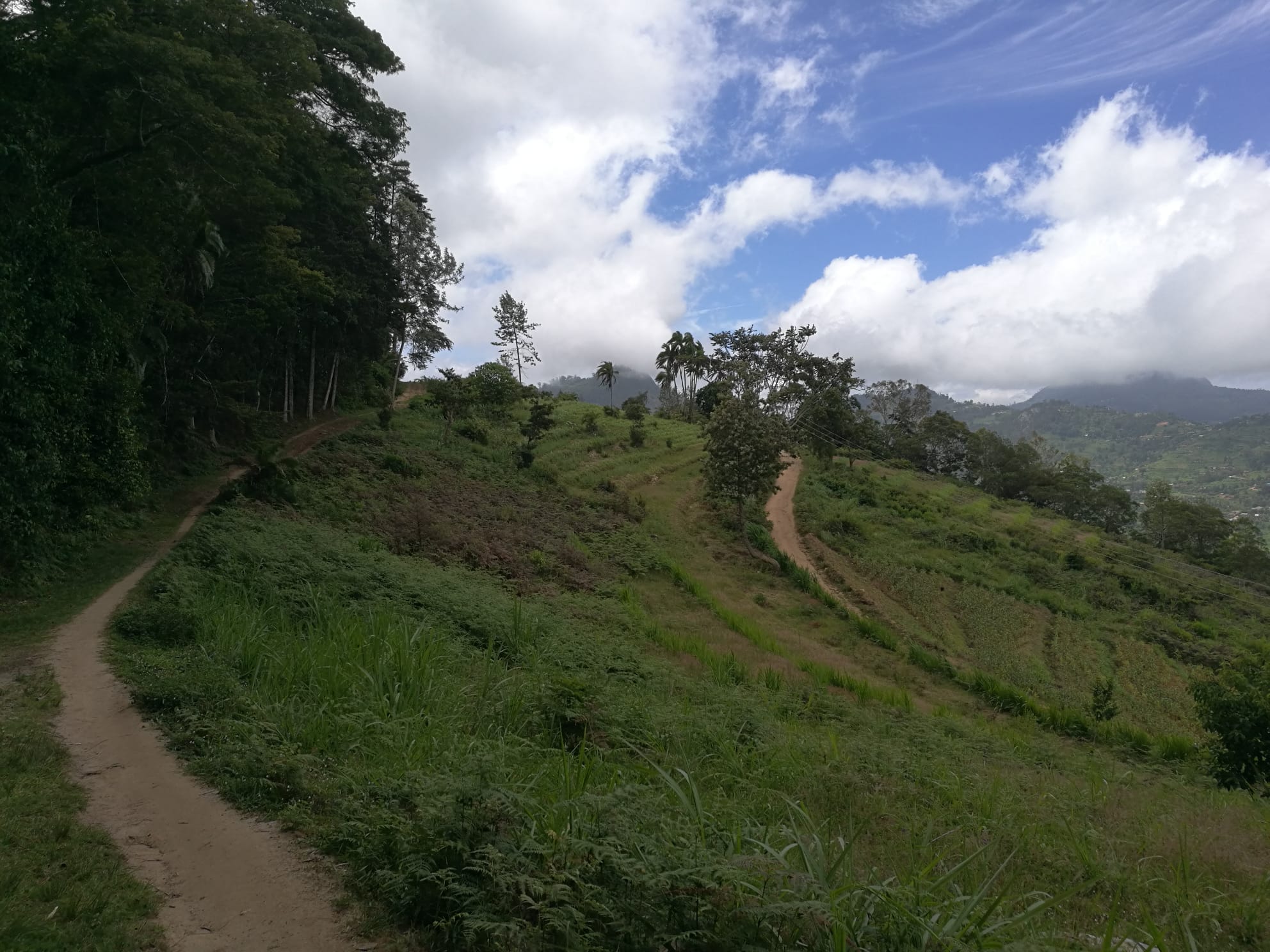
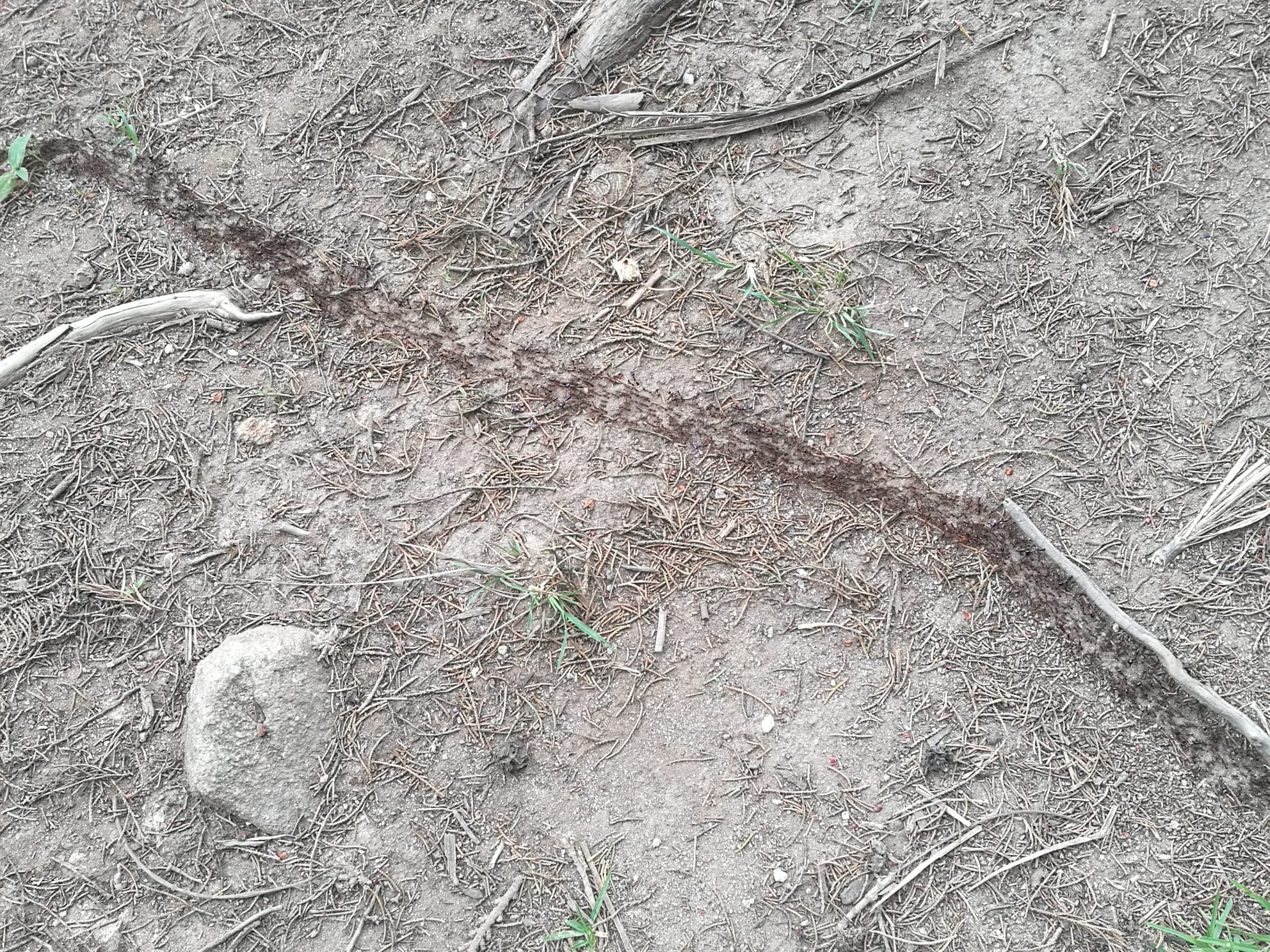
At the beginning of the route, we rehearsed calculating the height of a tree by using hypsometer. After that on we used our GNSS devices to mark the points of the path where tree had fallen and where there were saw pits.

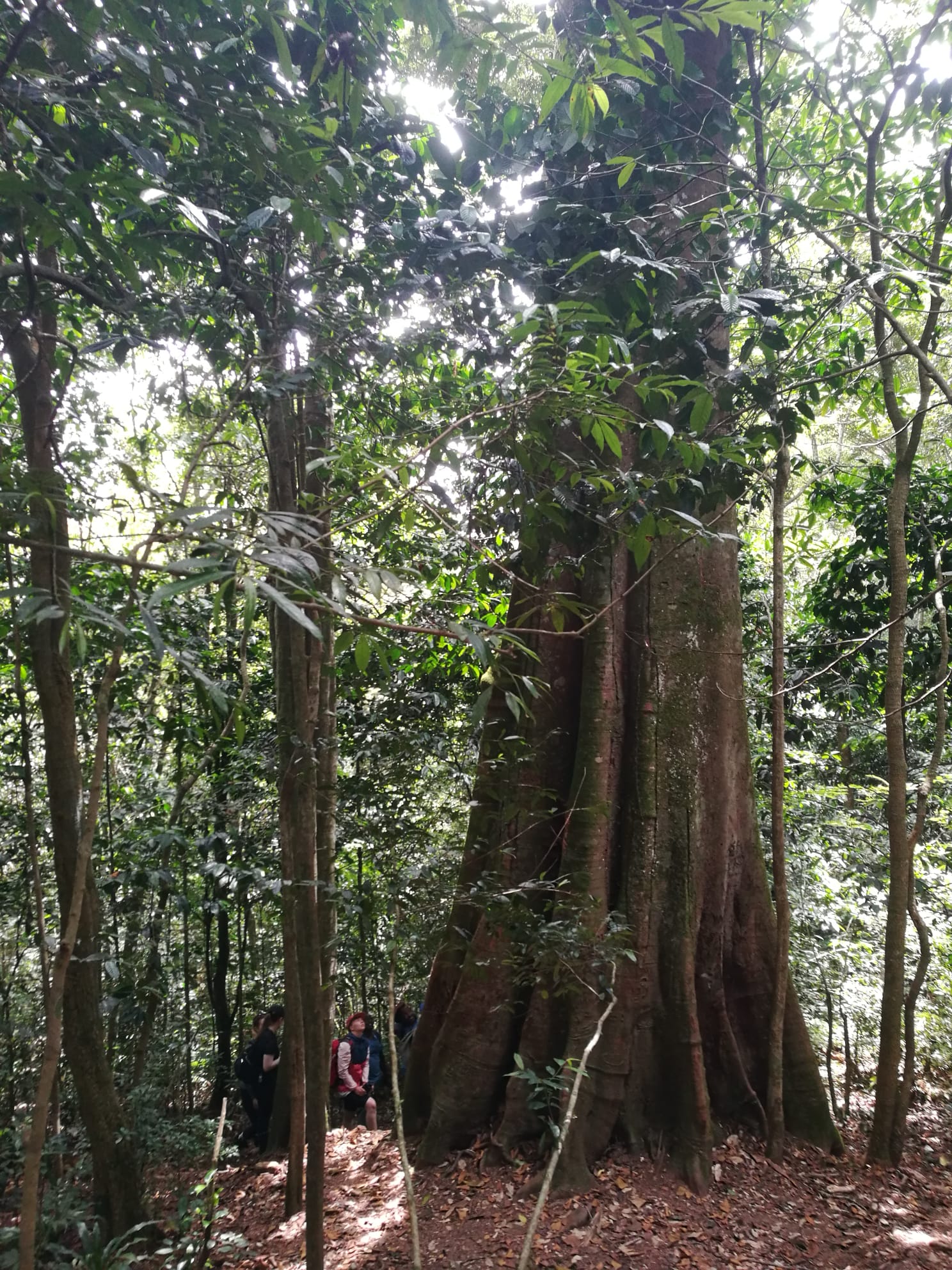
During journey different sports where we got to see and hear about the area’s plants and animals, with lots of difficult names that I hope to hear again and learn about again for I am a pretty forgetful person.
Hanna rosti was one of the quides on our journey and she told us about her research that she has conducted on Taita with the help of mr. Benson. She studies the tree hyraxes, specifically the population of Ngangao Forest, which is almost extinct with apparently no more than 10 individuals remaining. The work on protecting this species depends on getting a good DNA sample of them to prove their endangered position, which is a lot more difficult than one would think, because it is rare to get a sighting on them.

Our schedule ran a little late, so by the time we got back to the station there were time just for the scrumptious dinner and cold-ish shower (which is very healthy and refreshing btw). The day was as fulfilling as the station’s food and the promise of the coming days let us fall asleep with excitement in our hearts and minds.

Little miracles: I lost my glasses twice and found them twice during one day. The latter couldn’t have happened without the great help and support from my peers and the amazing staff of the station. Asante sana, babes. xoxo
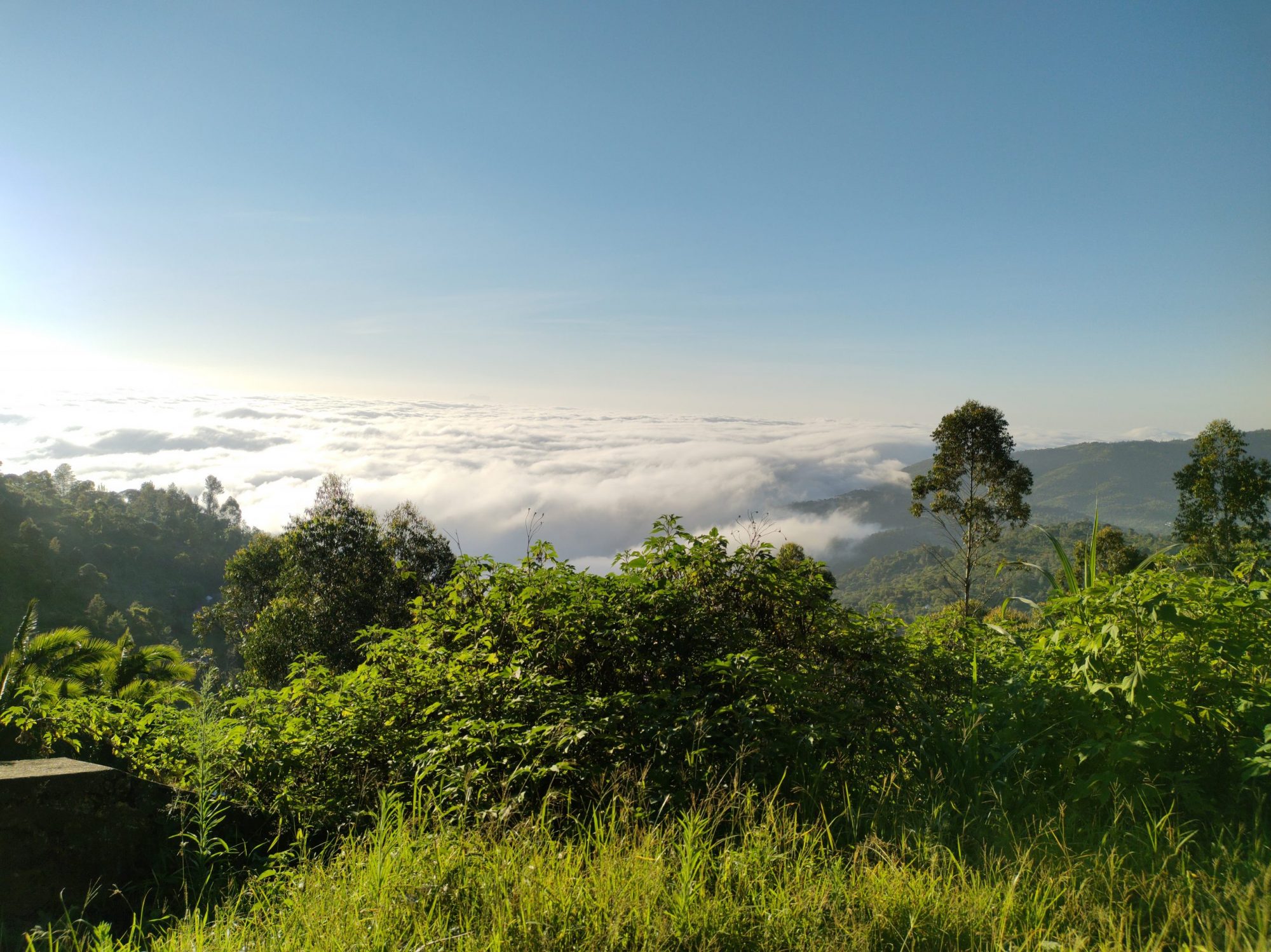



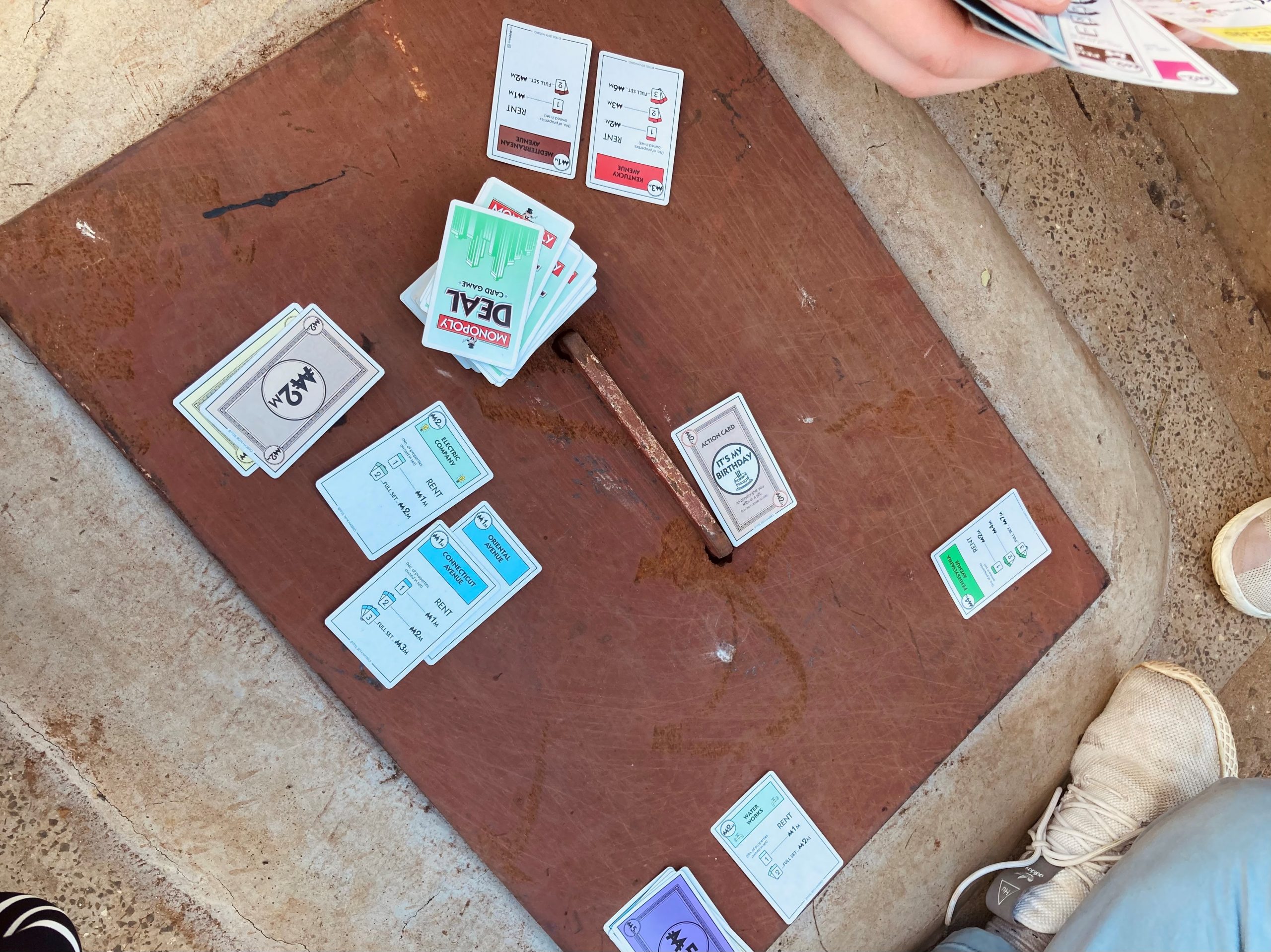

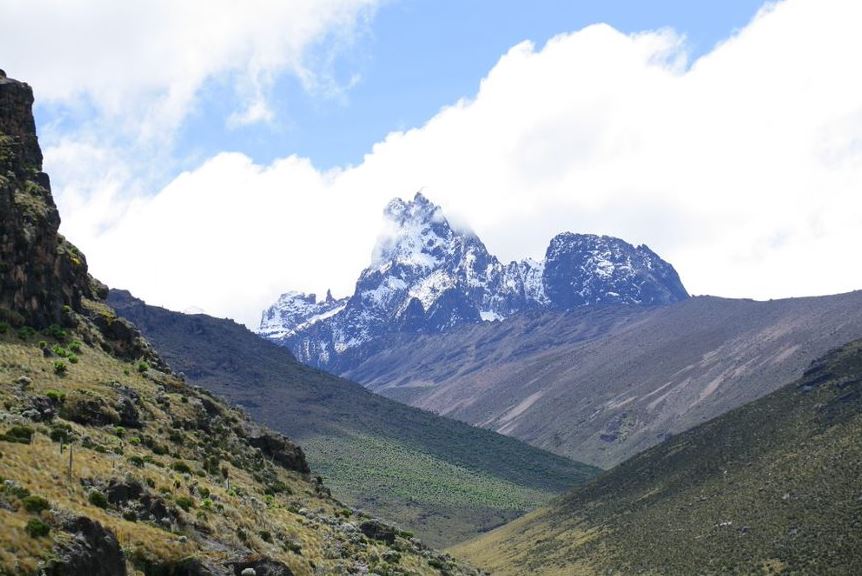
 As soon as we heard about the opportunity to travel to Kenya, we started to plan a way to fully benefit of the trip to the equator. We, me and Jussi, booked our flights to arrive to Jomo Kenyatta International Airport a week before the course start and headed to the highest mountain in Kenya and the second highest peak in all Africa – Mount Kenya.
As soon as we heard about the opportunity to travel to Kenya, we started to plan a way to fully benefit of the trip to the equator. We, me and Jussi, booked our flights to arrive to Jomo Kenyatta International Airport a week before the course start and headed to the highest mountain in Kenya and the second highest peak in all Africa – Mount Kenya. Next day we drove with our guide Patrick, cook Peter and ported David and Ken we to
Next day we drove with our guide Patrick, cook Peter and ported David and Ken we to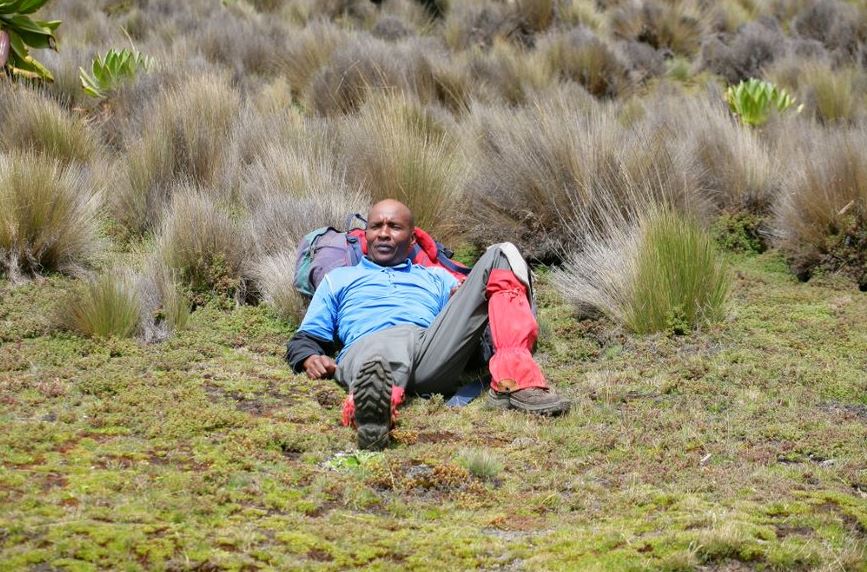 Patrick, our guide.
Patrick, our guide.